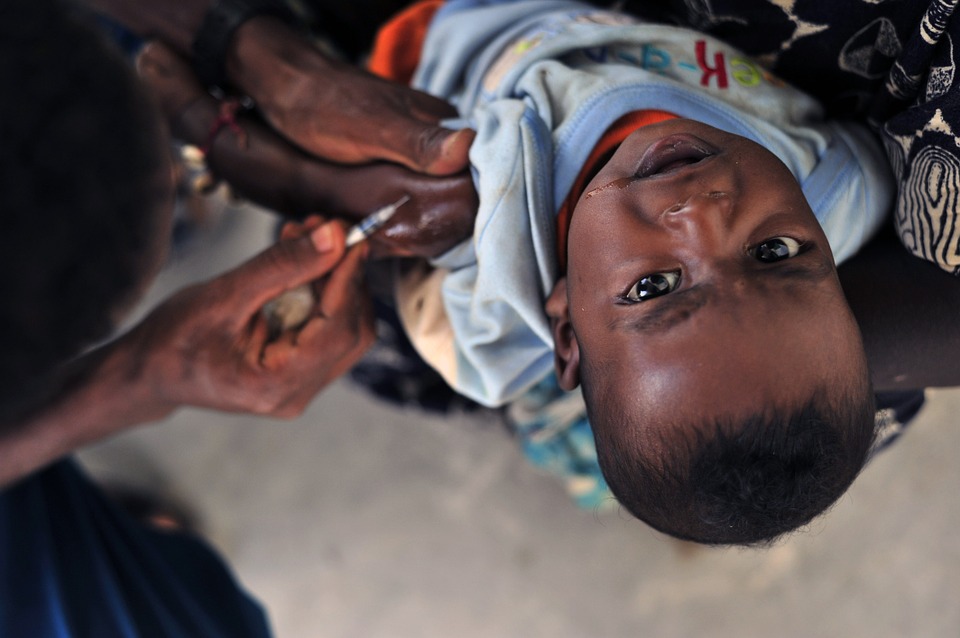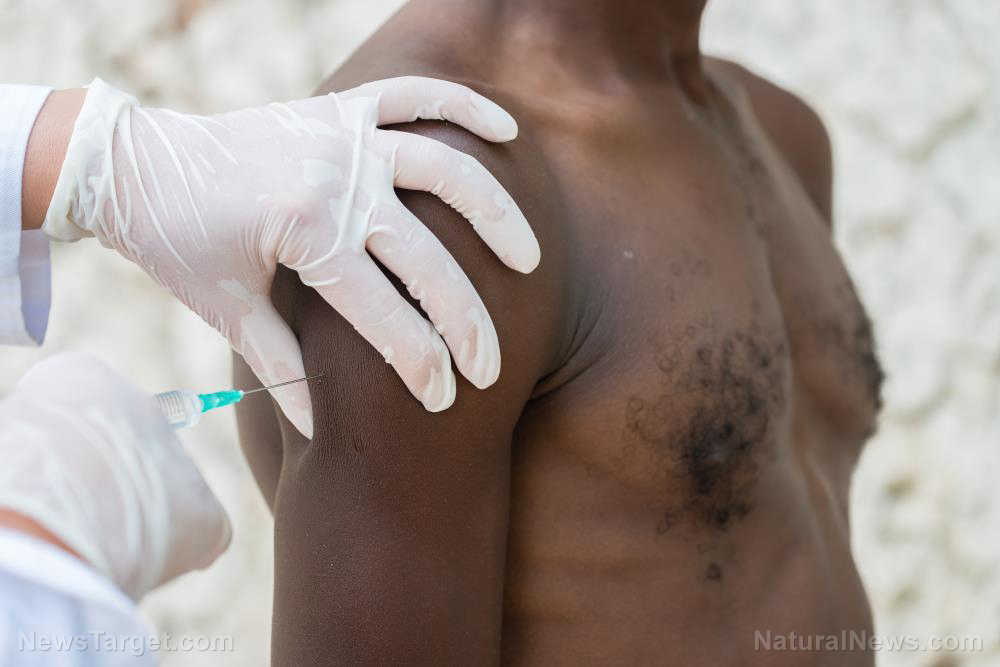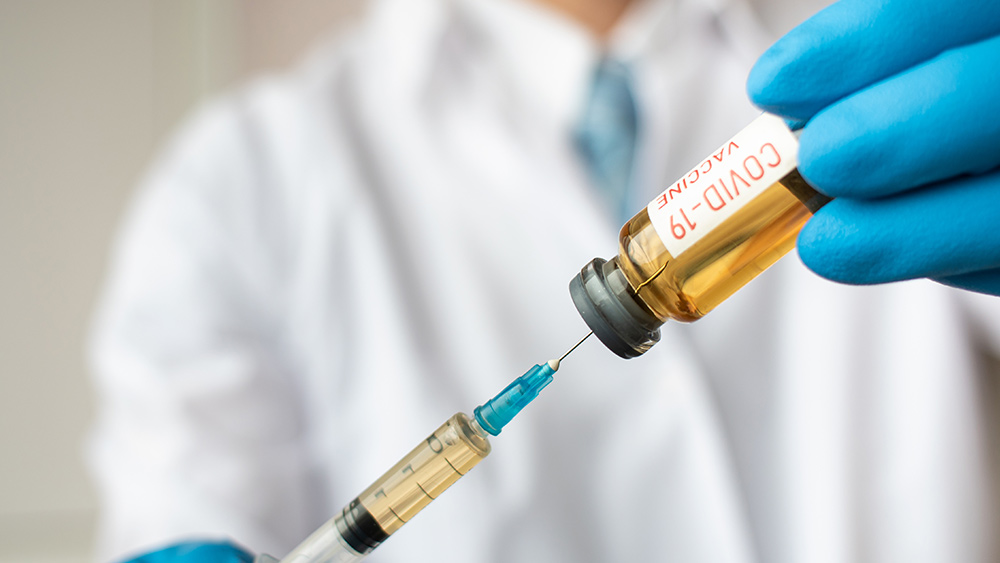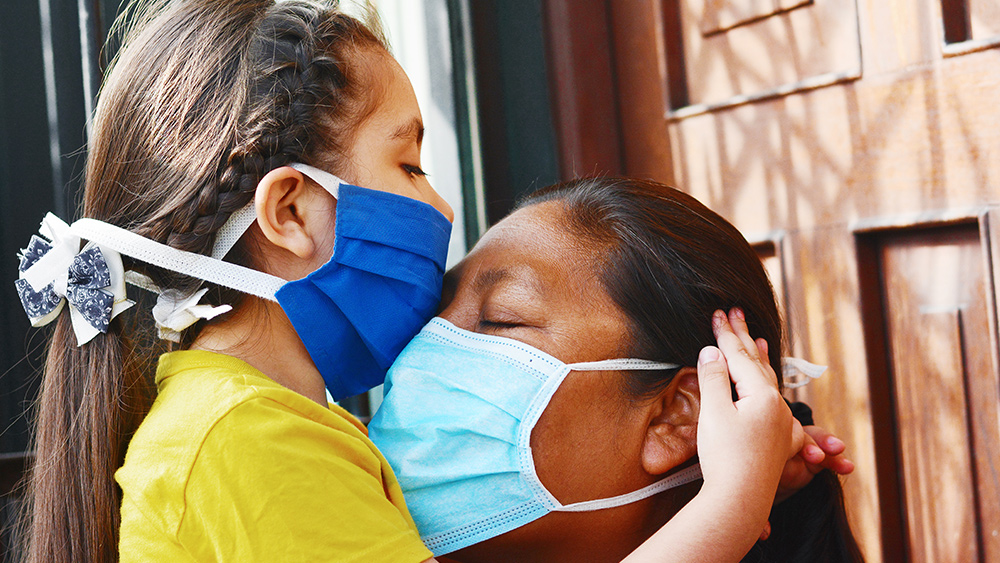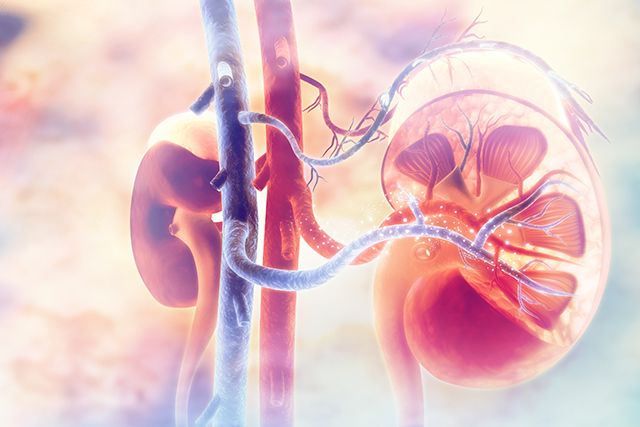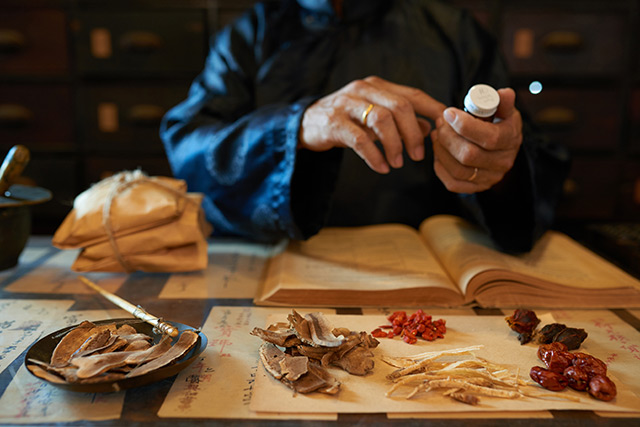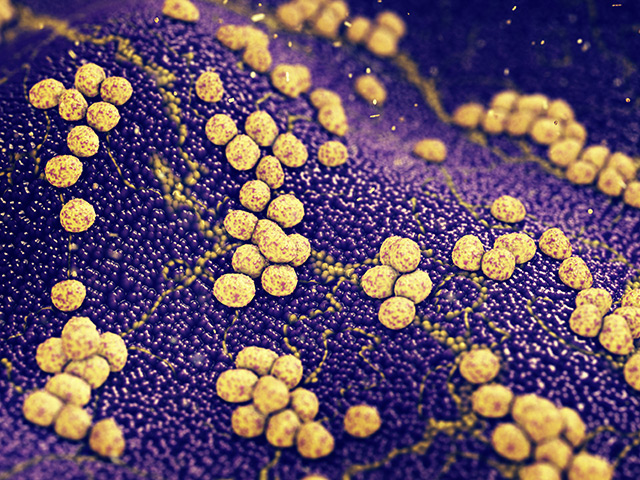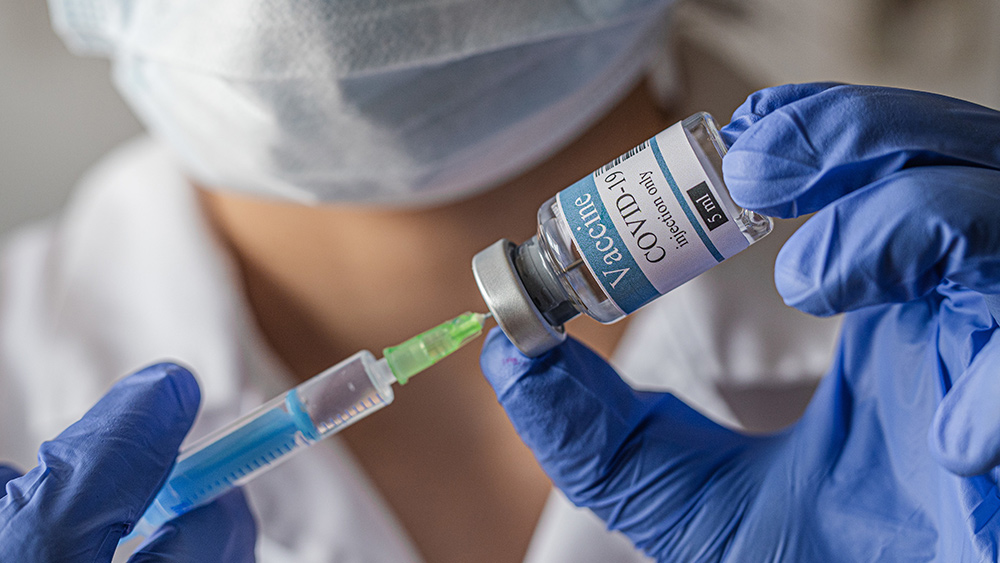Saudi honey found to be a potent antibacterial against drug-resistant bacteria
07/17/2020 / By Evangelyn Rodriguez
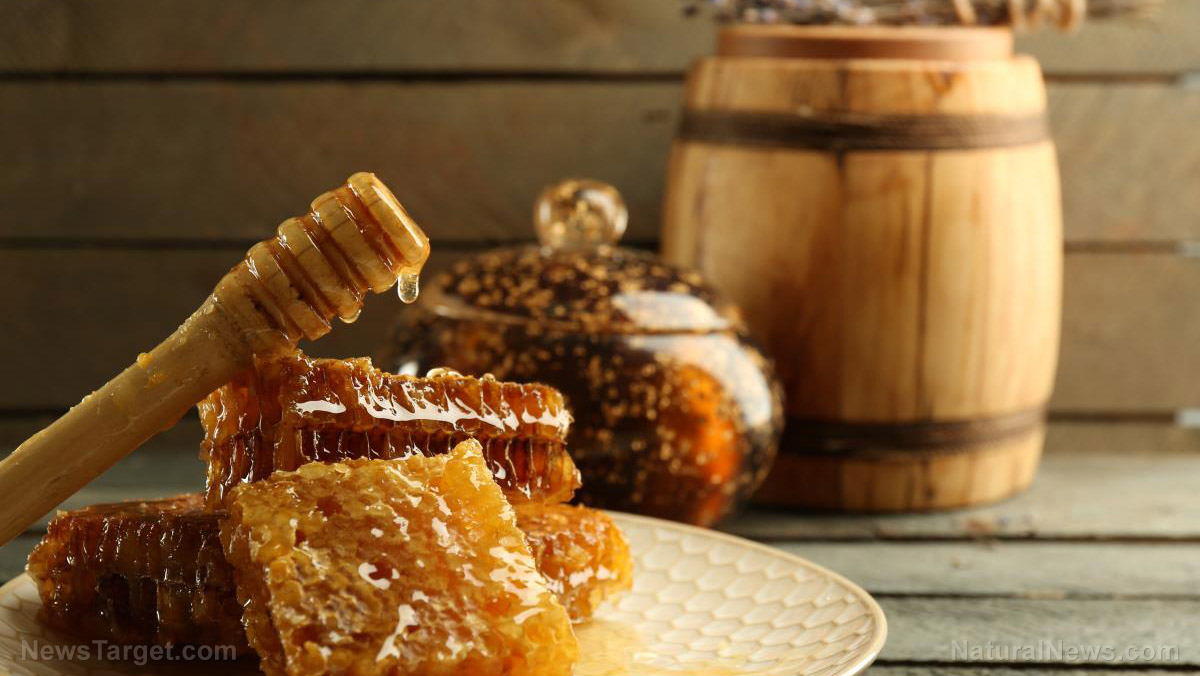
Honey collected from different parts of the world have demonstrated powerful antibacterial properties in multiple studies. They have also proven themselves useful in reducing inflammation, accelerating wound debridement, and promoting other processes that lead to faster wound healing.
Various kinds of honey have been tested on different types of wounds, such as infected wounds, burns and skin ulcers. All of them have so far proven to be effective natural remedies. In fact, in clinical trials, honey, particularly Manuka honey, proved to be a better wound dressing than topical antibiotics. Recent studies have also reported that certain drug-resistant bacteria, such as the multidrug-resistant Salmonella typhi, are susceptible to the antibacterial activities of honey.
In a recent study, researchers from Saudi Arabia compared the antibacterial properties of Saudi honey with known geographical origins with those of medical-grade Manuka honey. They found that Sumra honey has a higher total antibacterial activity than Manuka honey, a dark, monofloral honey highly valued for its phenolic content and antibacterial potency.
The researchers reported their findings in an article published in the journal BMC Complementary and Alternative Medicine.
Saudi Arabian honey inhibits the growth of antibiotic-resistant Staphylococcus aureus
Honey has been gaining recognition as a potential therapeutic agent for the treatment of wound infections. Although Manuka honey is considered the gold standard when it comes to antibacterial honey, a lot of lesser-known honey have not yet been tested against microbial pathogens that cause wound infections. (Related: Nine ways to experience the magic of Manuka honey.)
In Saudi Arabia, honey is widely consumed as a preventive and curative agent for a variety of ailments. Because of this, Saudi Arabian researchers continue to explore the antibacterial properties of indigenous kinds of honey against different bacterial isolates.
For their experiment, the researchers collected 10 Saudi honey from different geographical locations and screened their antibacterial potential against methicillin-resistant Staphylococcus aureus (MRSA) and methicillin-sensitive S. aureus (MSSA). They then compared the honey’s performance with that of Manuka honey with a Unique Manuka Factor (UMF) rating of 12.
Manuka honey’s UMF rating is a measure of how high its methylglyoxal (MGO) content is. MGO is an organic compound that gives Manuka honey its beneficial properties, including its remarkable antibacterial effects. A UMF rating of 12 means that the honey has useful levels of MGO. The highest UMF rating given to Manuka honey is 16.
After a comparative analysis, the researchers tested the Saudi honey with the highest antibacterial activity against 10 MRSA clinical isolates and three American Type Culture Collection (ATCC) reference strains to determine its minimum inhibitory concentration (MIC).
They reported that while different Saudi honeys exhibited variable antibacterial activity against the test isolates, these natural products failed to stop the growth of MSSA and MRSA. Only Sumra and Talha honey showed zones of inhibition at 50 percent dilutions (weight/volume) in catalase solution, which meant that both have weak non-peroxide activity (NPA). NPA refers to a honey’s antibacterial activity that can be attributed to other factors besides hydrogen peroxide.
On the other hand, Sumra honey showed a larger zone of inhibition against MSSA and MRSA than Manuka honey at 50 and 25 percent dilutions (w/v) in distilled water. This suggests that Sumra honey has a higher hydrogen peroxide-related antibacterial activity or total antibacterial activity than Manuka honey.
Sumra honey also inhibited the growth of 10 MRSA clinical isolates plus the ATCC reference strains at a lower concentration (12 percent v/v) than Manuka honey (14 percent v/v). Both kinds of honey, however, had the same MIC (15 percent v/v) against Escherichia coli.
Based on these findings, the researchers concluded that Sumra honey can be used as an alternative medicine for wound infections and burns, as these require additional hydrogen peroxide-related antibacterial activity.
Sources include:
BMCComplementMedTherapies.BiomedCentral.com 1
Tagged Under: alternative medicine, antibacterial, food is medicine, foodcures, functional food, manuka honey, Methicillin-resistant Staphylococcus aureus, mrsa, natural cures, natural medicine, remedies, research, Saudi Arabian honey, Sumra honey, wound infections

